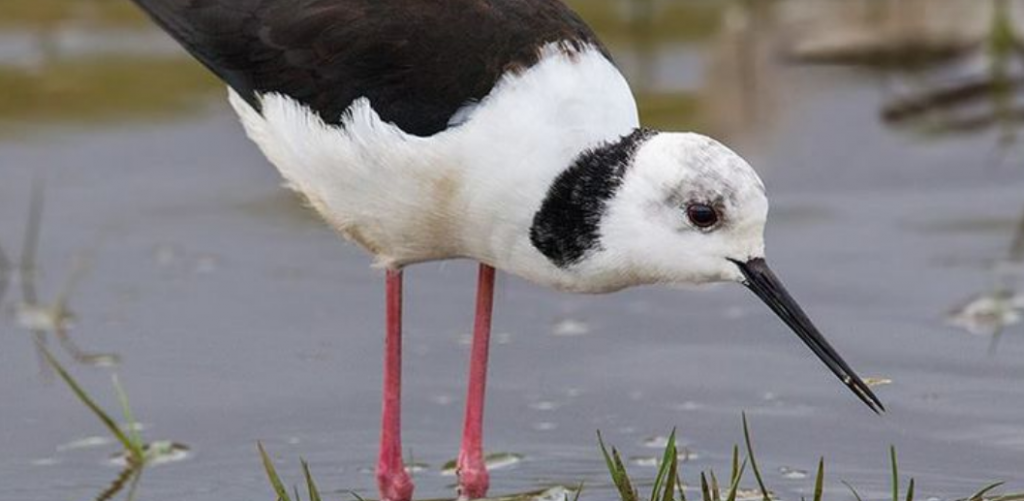Whitsunday Catchment Landcare is part of Landcare Australia, which was established in 1989 as a not-for-profit organisation. In his speech to launch Landcare, former Prime Minister Bob Hawke AC spoke about the importance of co-operation to care for the land.
“The degradation of our environment is not simply a local problem, nor a problem for one state or another, nor for the Commonwealth alone. Rather, the damage being done to our environment is a problem for us all – and not just government- but for of us individually and together.
Over the last 30+ years, Landcare has evolved to become one of the largest volunteer movements in Australia. There are thousands of people and countless communities working together towards sustainable land use and undertaking on-ground action to protect, enhance or restore an area on behalf of the community. The Landcare model has been so successful it has been adopted in over 20 countries.
Landcare plays a leading role in advocating a balance between Australian sustainable land management practices and environmental conservation.
Landcare activities deliver a diverse range of positive environmental and community outcomes. These include the environmental protection, enhancement and conservation of land, water, waterways and coasts, natural habitat restoration to enhance biodiversity, building resilience in Australia’s food and farming systems, and helping create social cohesion and wellbeing in communities.
From the coast to the country, and from urban cities to the outback, Landcare’s greatest asset is its people. With over 6,000 groups and 100,000+ volunteers, the Landcare movement is diverse and encompasses farmers and farming systems groups, landowners, Landcare groups and networks, Traditional Owners, Bushcare and ‘Friends of’ groups, Coastcare, Dunecare and Rivercare groups, Landcare facilitators and coordinators, youth groups and other community groups involved in protecting, enhancing or restoring their local environment. The Junior Landcare program provides a pathway for children to become lifelong Landcarers starting with early learning childhood centres through to primary and secondary schools.
What makes Landcare unique to any other community movement is the very large number of active groups, and the effective partnerships created between business, researchers, natural resource management agencies, government and community. These partnerships build local community ownership of issues, unlock volunteer knowledge, capability and capacity to create better outcomes for the environment and those that seek to protect and enhance it.
In the last three decades Landcare has achieved a great deal of good work. Yet there is much more to do. With the impact of a changing climate, and natural disasters like drought, bushfires and flood, Landcare has never been so important.
Landcare Australia will continue to work in partnership with multiple stakeholders to support the Landcare community so they can continue to restore and protect the environment in communities across Australia.
Landcare is about working together caring for the land to preserve our natural resources and biodiversity for generations to come. Landcare enables people to actively care for the natural environment in their community.
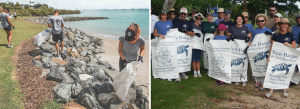 Eco Barge Clean Seas Inc. was established in Airlie Beach to engage the community to protect the precious marine life and aquatic environment of the Whitsunday Region.
Eco Barge Clean Seas Inc. was established in Airlie Beach to engage the community to protect the precious marine life and aquatic environment of the Whitsunday Region.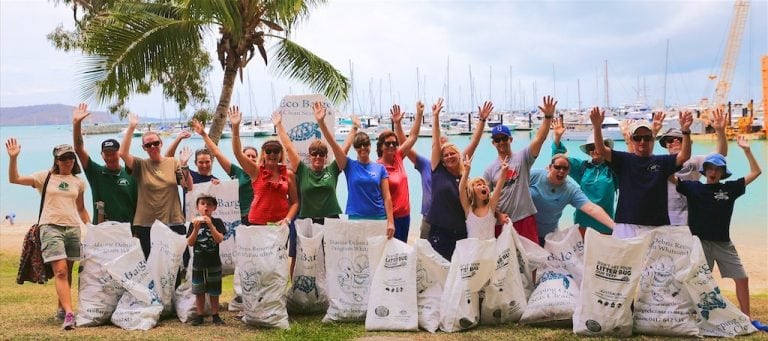
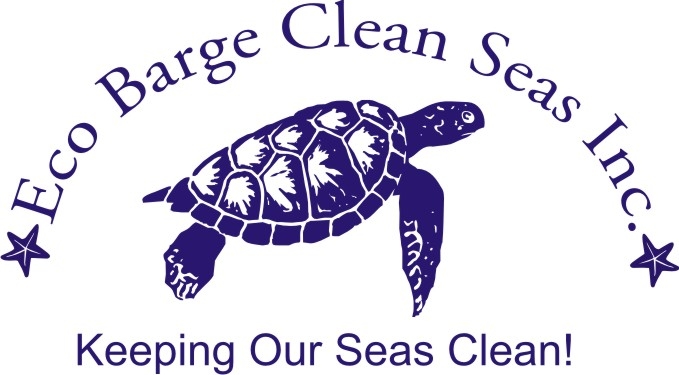
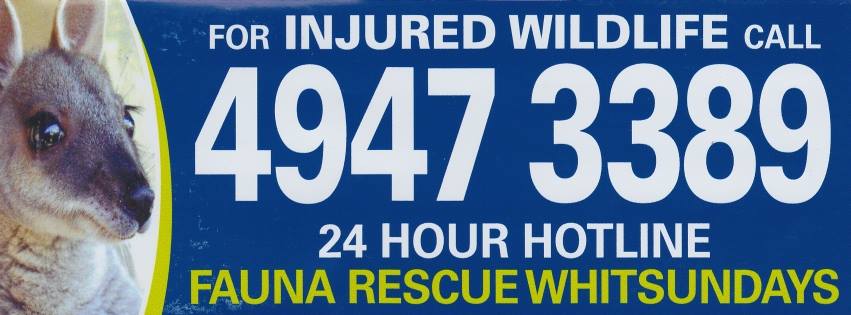
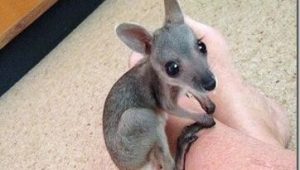 If you find an injured animal, remember that it is wild – probably suffering from shock and in pain – MINIMAL HANDLING is a must to avoid additional stress.
If you find an injured animal, remember that it is wild – probably suffering from shock and in pain – MINIMAL HANDLING is a must to avoid additional stress.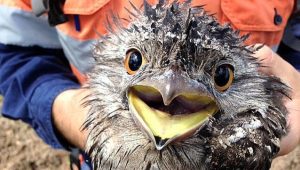
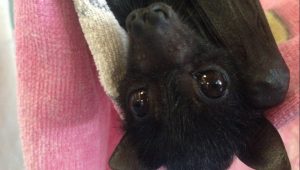 You can be a wildlife carer simply by caring for our native wildlife’s habitat. We have some tips on our website so that you can be a backyard buddy.
You can be a wildlife carer simply by caring for our native wildlife’s habitat. We have some tips on our website so that you can be a backyard buddy. 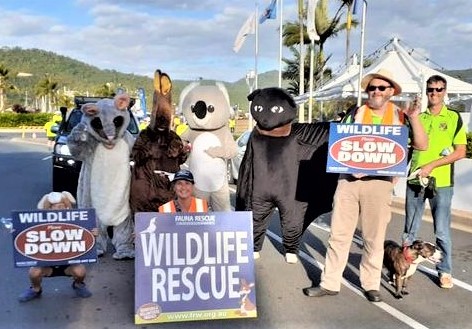
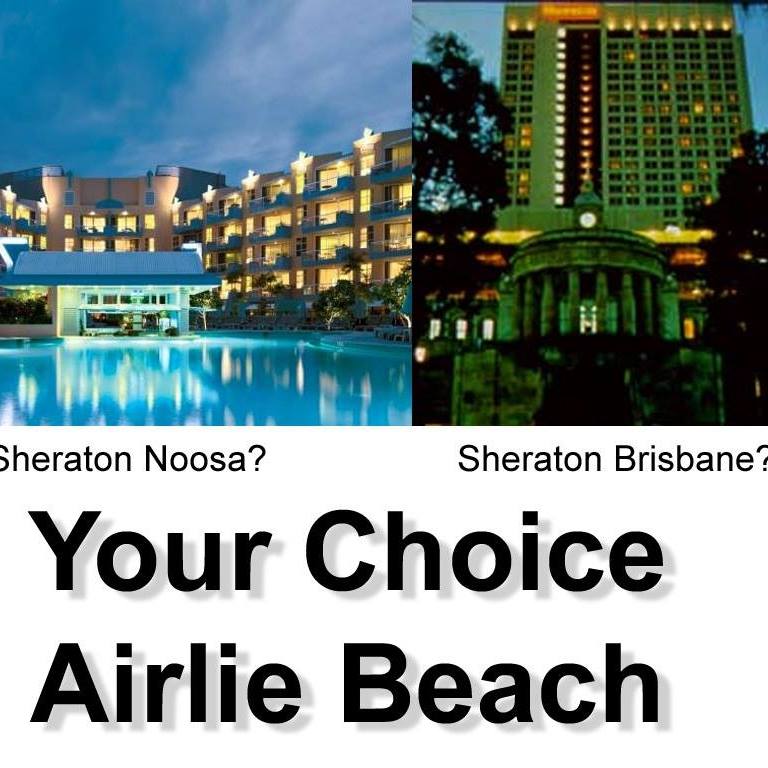
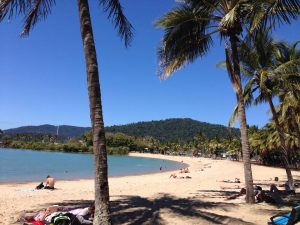 We are all stakeholders in our community and we believe that it is important to think about and discuss local issues in a mature and inclusive manner. We should not be afraid of change and development in Airlie: the town has changed and grown significantly over the past 10 years but future growth needs to be carefully planned and managed.
We are all stakeholders in our community and we believe that it is important to think about and discuss local issues in a mature and inclusive manner. We should not be afraid of change and development in Airlie: the town has changed and grown significantly over the past 10 years but future growth needs to be carefully planned and managed.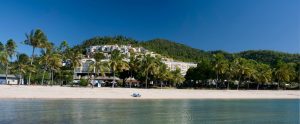 We believe that future development must not lose sight of the qualities that make Airlie Beach what it is. Airlie Beach is a community that relies heavily on tourism and visitors come to the region because it’s different to other destinations, not because it’s trying to be the same. The architects of the future Airlie Beach township should be seeking to build on these strengths – not to recreate the past mistakes of other regions.
We believe that future development must not lose sight of the qualities that make Airlie Beach what it is. Airlie Beach is a community that relies heavily on tourism and visitors come to the region because it’s different to other destinations, not because it’s trying to be the same. The architects of the future Airlie Beach township should be seeking to build on these strengths – not to recreate the past mistakes of other regions.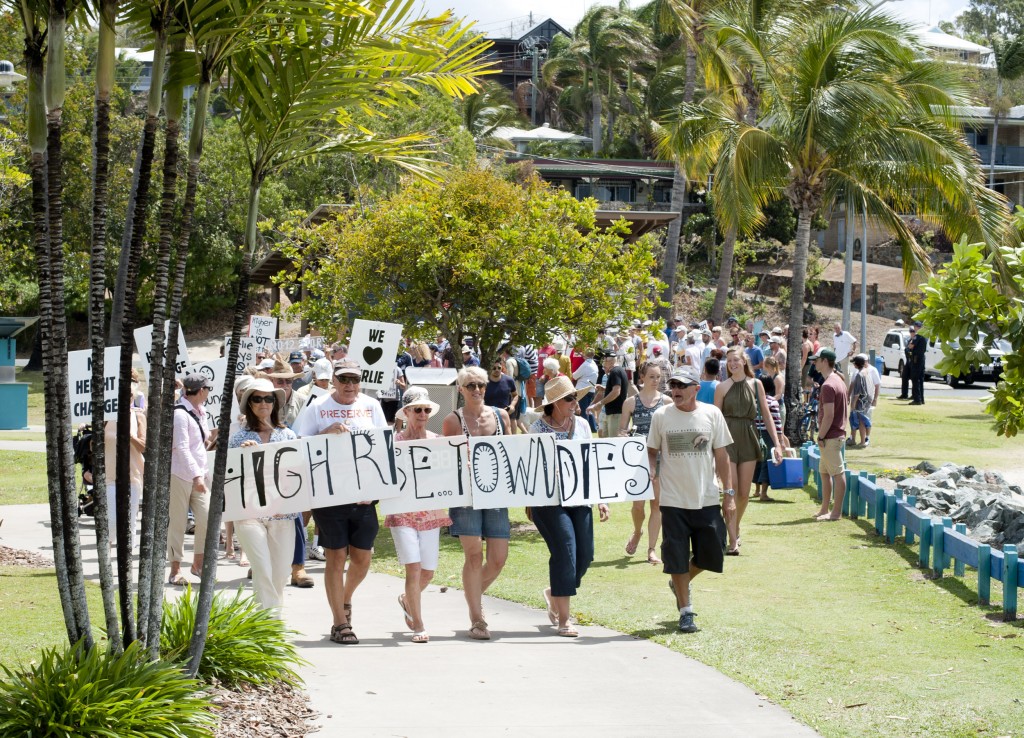
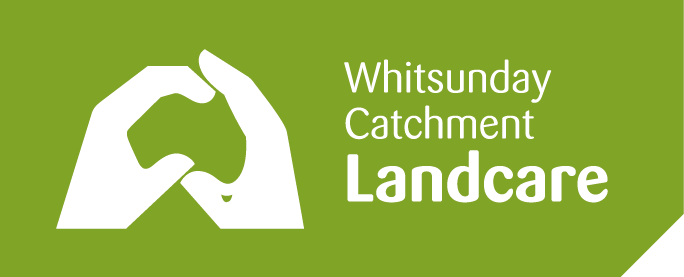
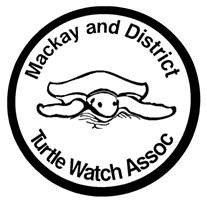
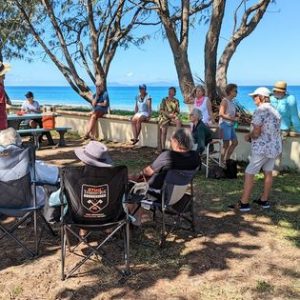 Mackay and District Turtle Watch Association is a volunteer group dedicated to monitoring and protecting marine turtles across the Mackay region.
Mackay and District Turtle Watch Association is a volunteer group dedicated to monitoring and protecting marine turtles across the Mackay region.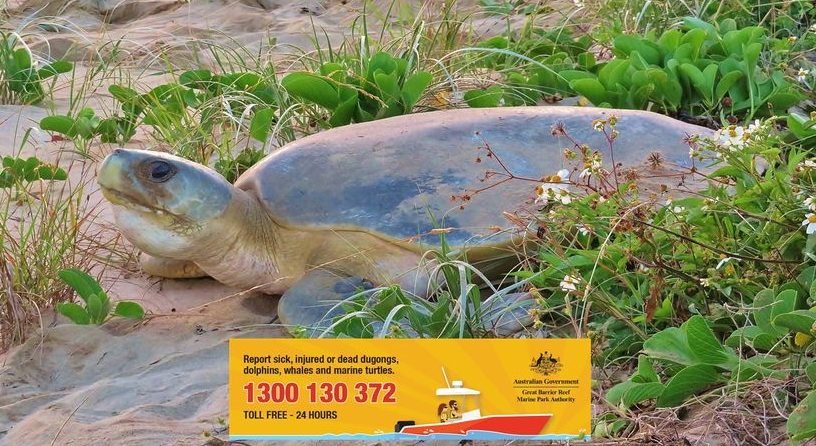
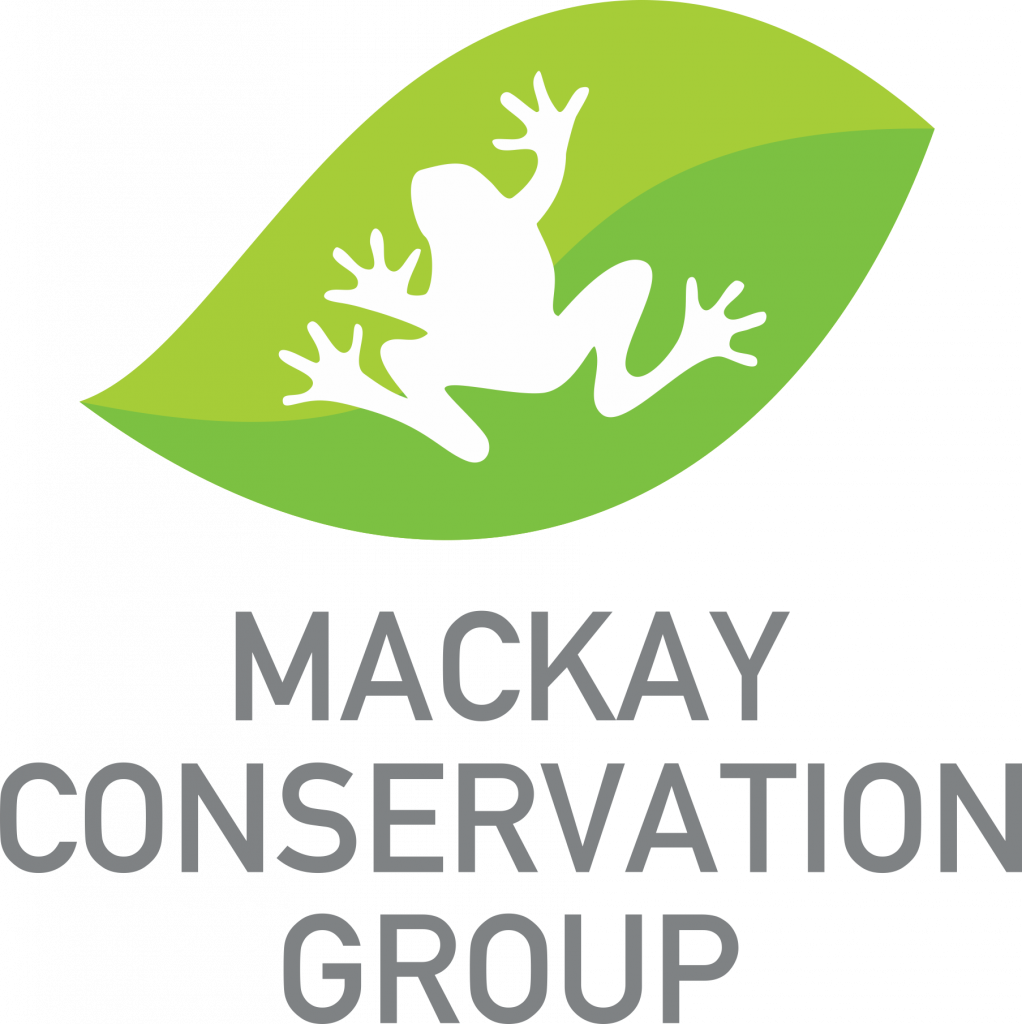
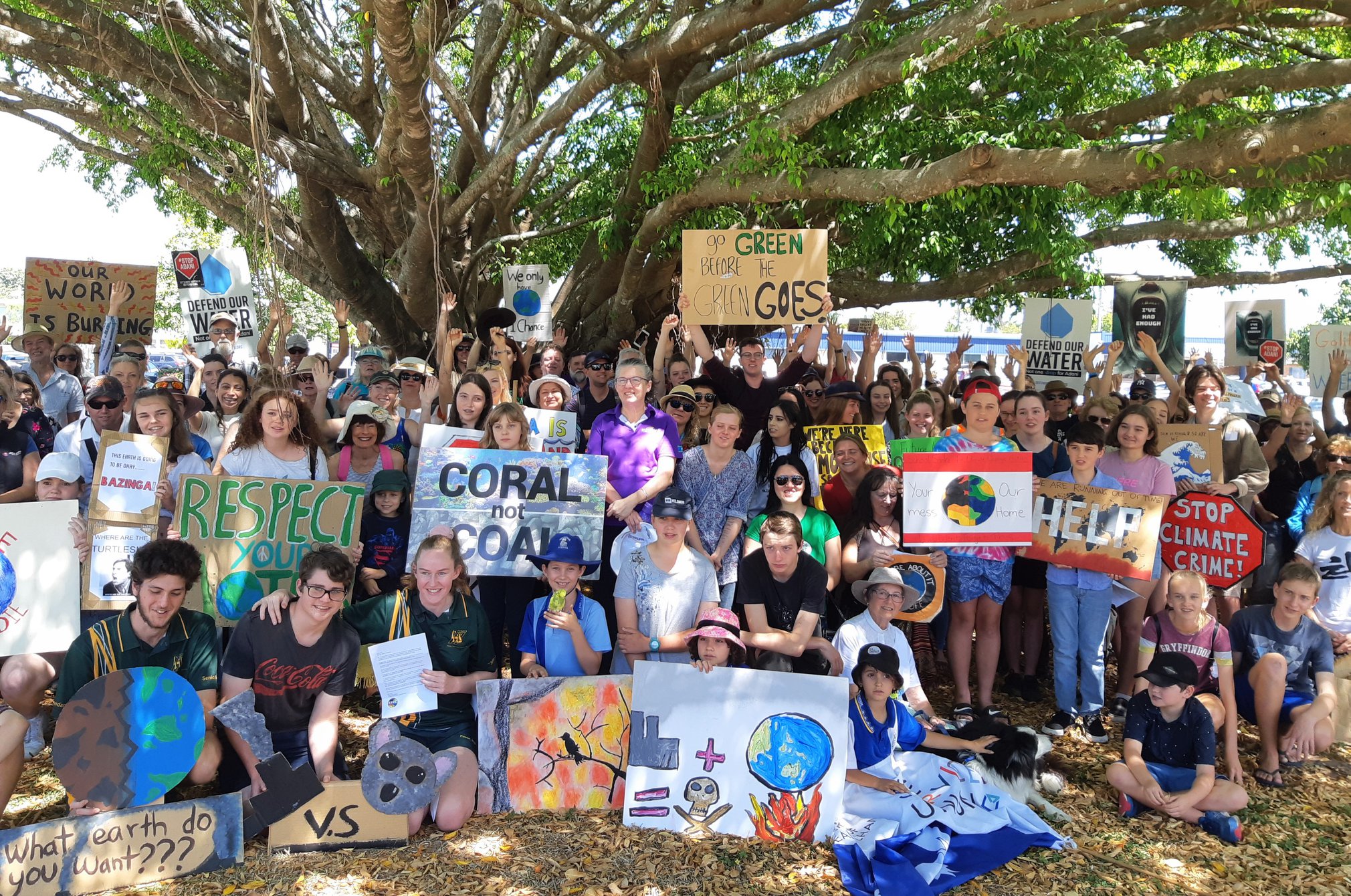
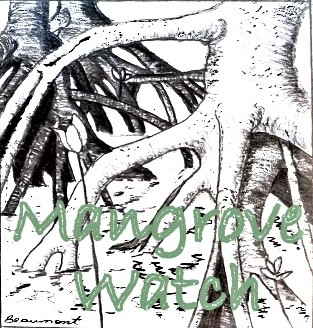
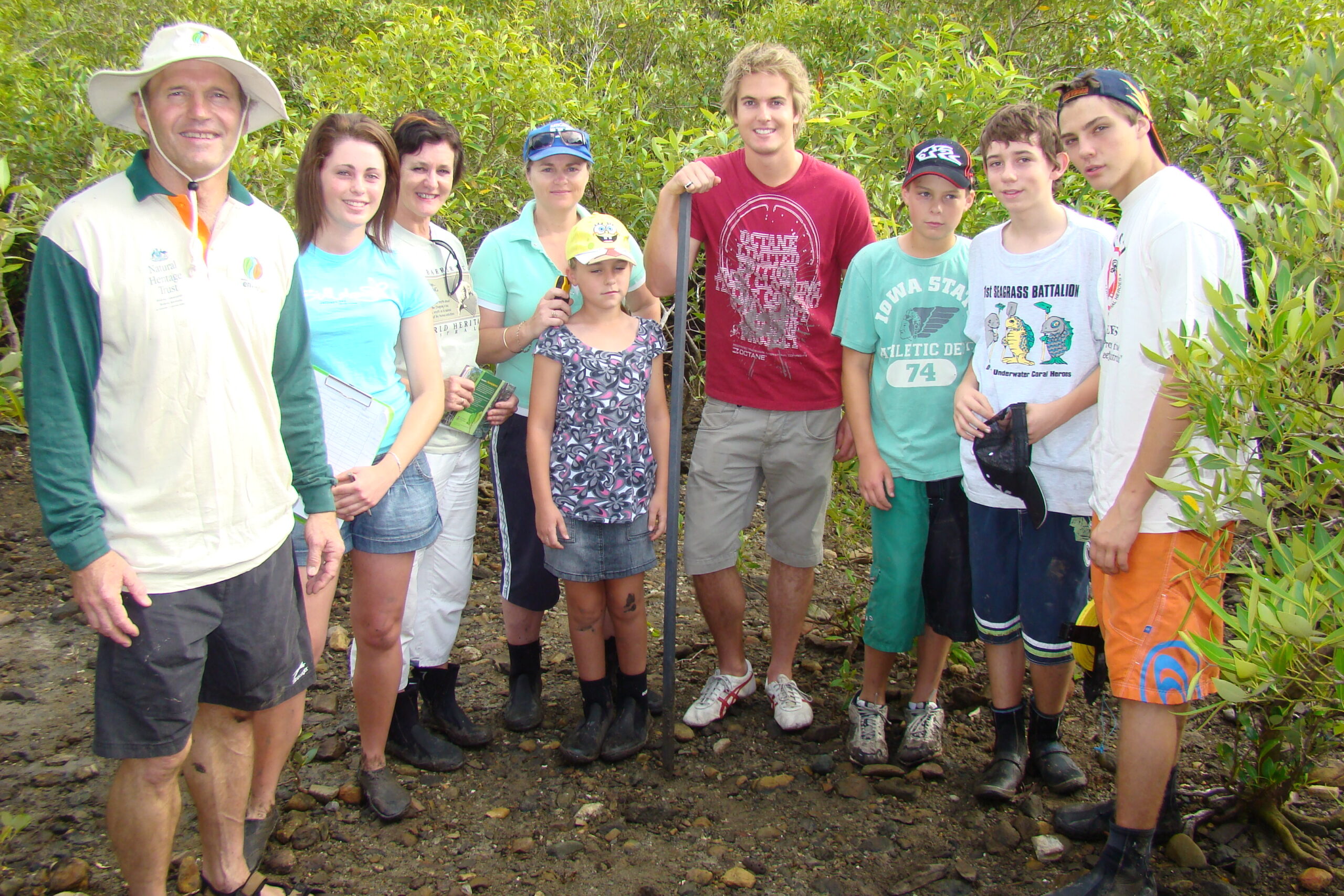 Mangrove Watch was set up over 15 years ago to monitor local mangrove forests over the long-term. This is done by measuring the growth and productivity of selected sites on a quarterly basis. The data collected is used to determine the current health of the mangroves as well as highlight any problems caused by human impact. Many of the volunteers are kids from the local primary and high schools.
Mangrove Watch was set up over 15 years ago to monitor local mangrove forests over the long-term. This is done by measuring the growth and productivity of selected sites on a quarterly basis. The data collected is used to determine the current health of the mangroves as well as highlight any problems caused by human impact. Many of the volunteers are kids from the local primary and high schools.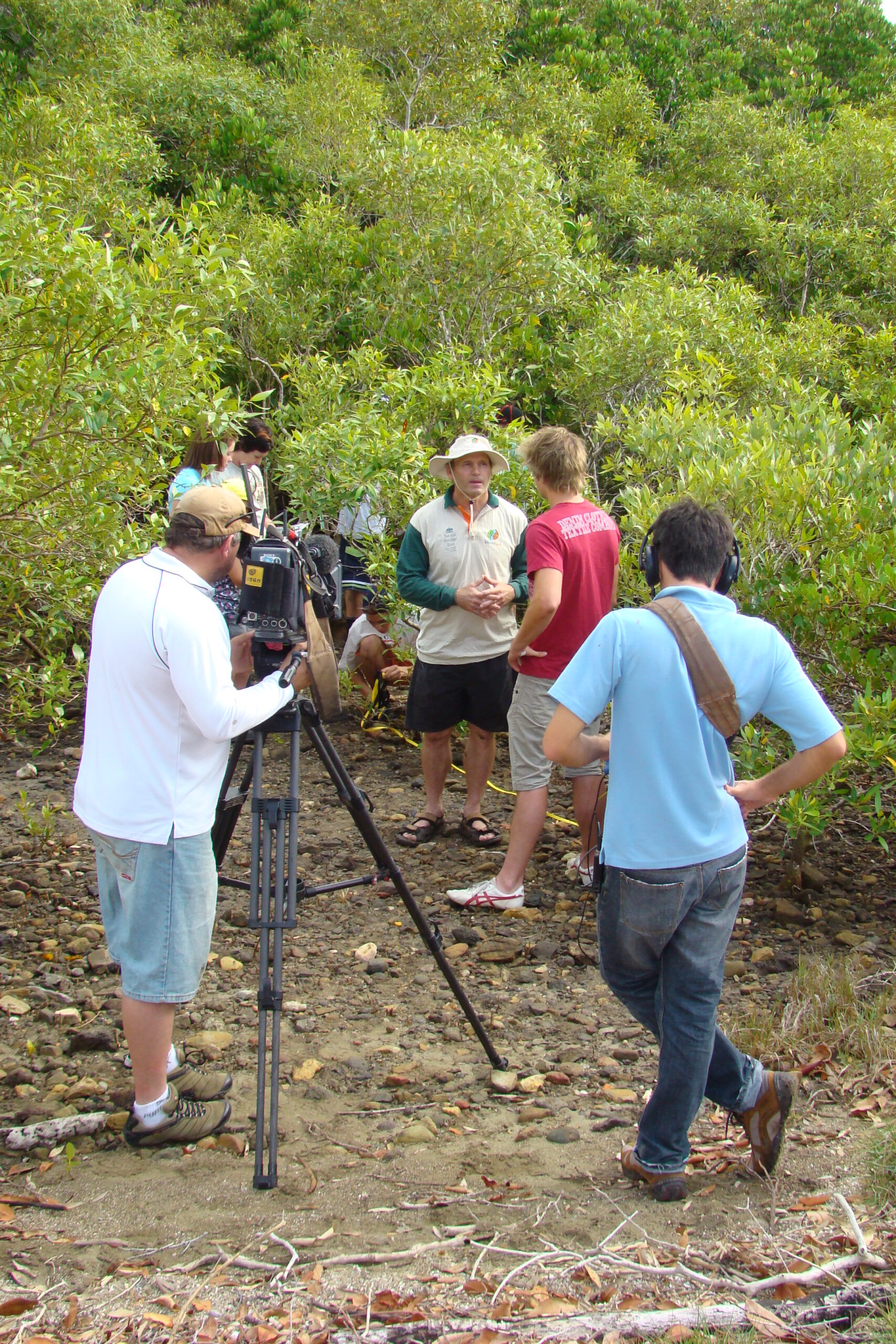

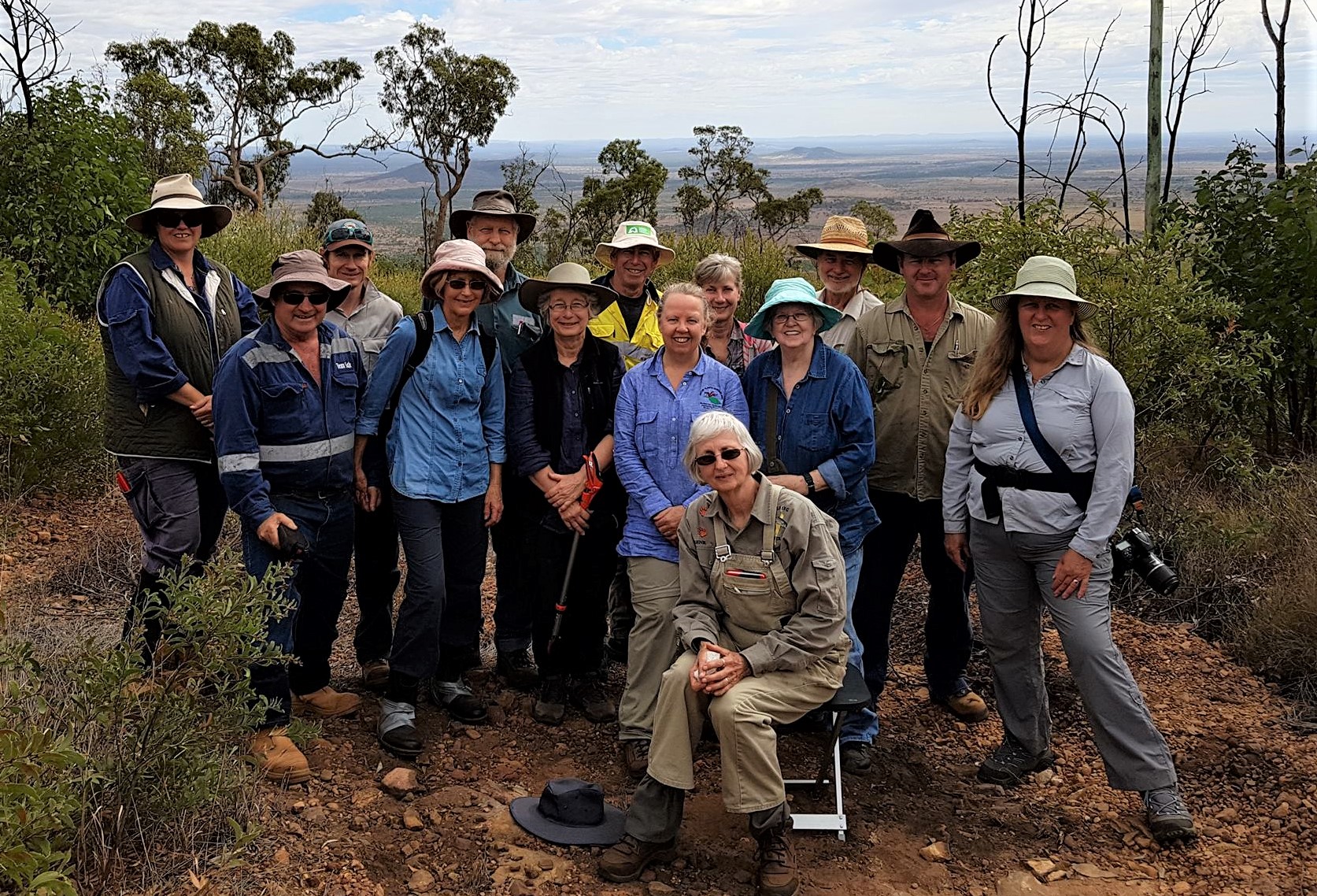
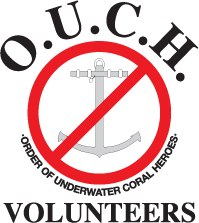
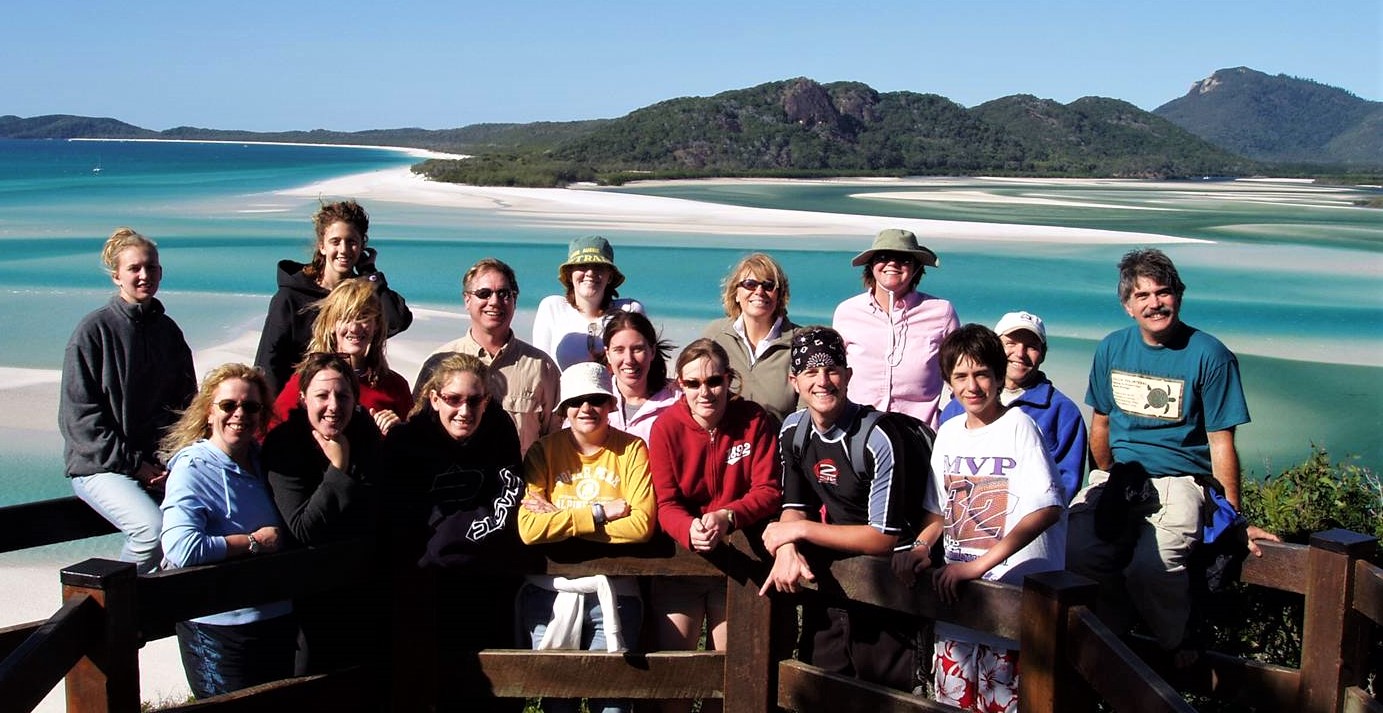

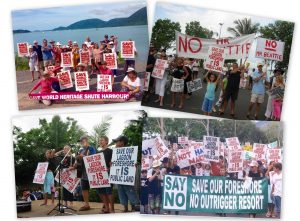
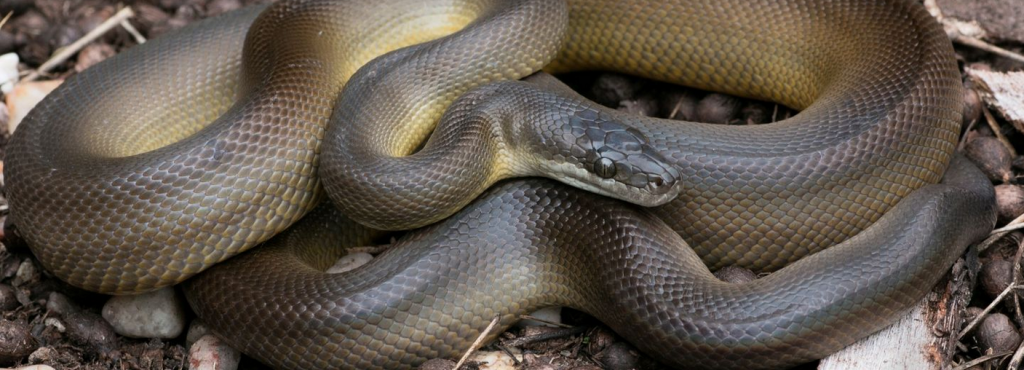
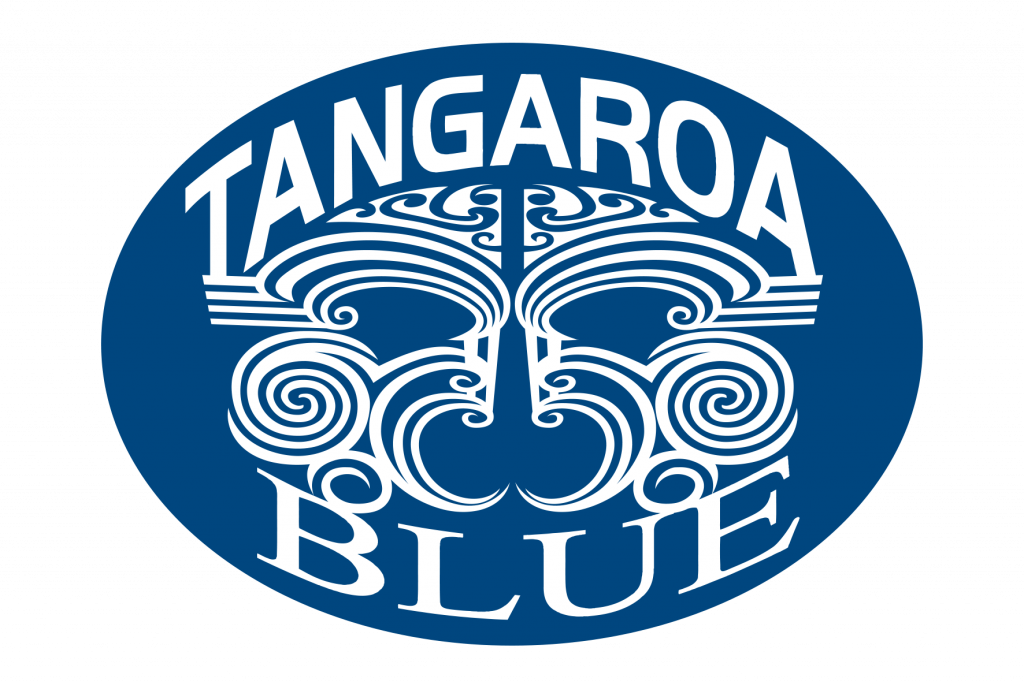
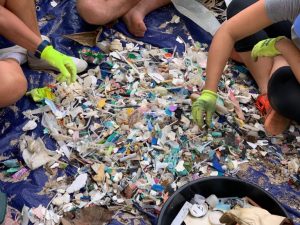 Tangaroa Blue Foundation is an Australian-wide not-for-profit organisation dedicated to the removal and prevention of marine debris, one of the major environmental issues worldwide.
Tangaroa Blue Foundation is an Australian-wide not-for-profit organisation dedicated to the removal and prevention of marine debris, one of the major environmental issues worldwide.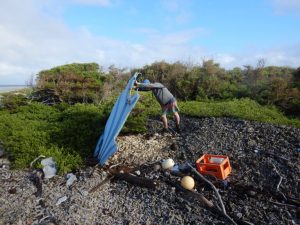
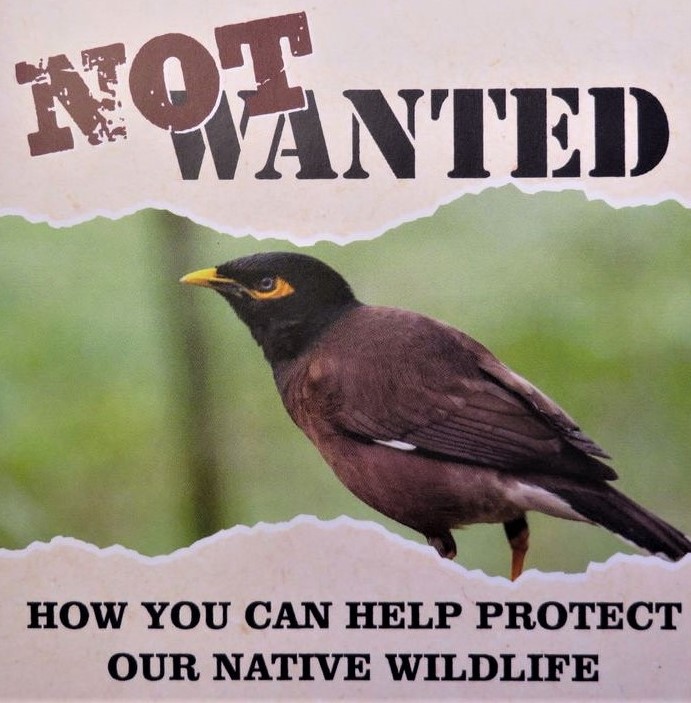
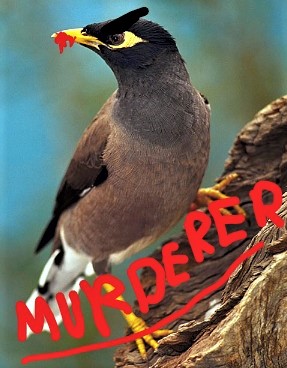 What do Indian Myna birds look like?
What do Indian Myna birds look like?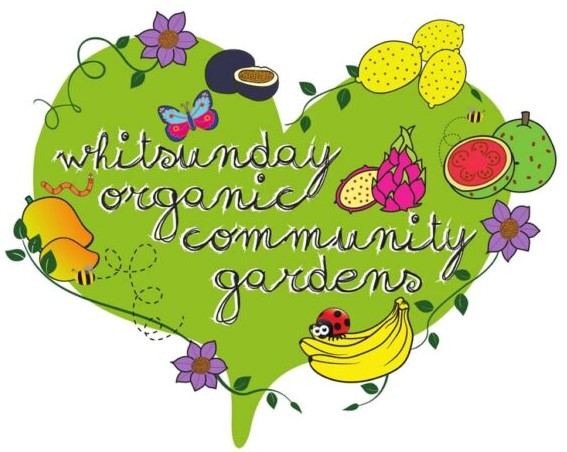
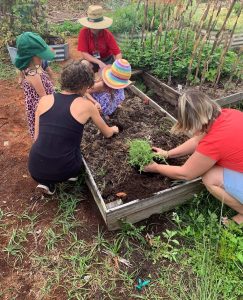 Design and create an enriching and engaging space for people to gather to grow food and reconnect with where food comes from and each other. Be an example to the community to include species suited to growing in our tropical climate. Educate the community about organic gardening practices, permaculture and other regenerative gardening practices that encourage and use environmentally friendly methods. Be active in holding working bees to complete larger projects. Facilitate workshops to include composting, cooking/preparing tropical species, organic gardening, permaculture, natural building methods, bee keeping etc.
Design and create an enriching and engaging space for people to gather to grow food and reconnect with where food comes from and each other. Be an example to the community to include species suited to growing in our tropical climate. Educate the community about organic gardening practices, permaculture and other regenerative gardening practices that encourage and use environmentally friendly methods. Be active in holding working bees to complete larger projects. Facilitate workshops to include composting, cooking/preparing tropical species, organic gardening, permaculture, natural building methods, bee keeping etc.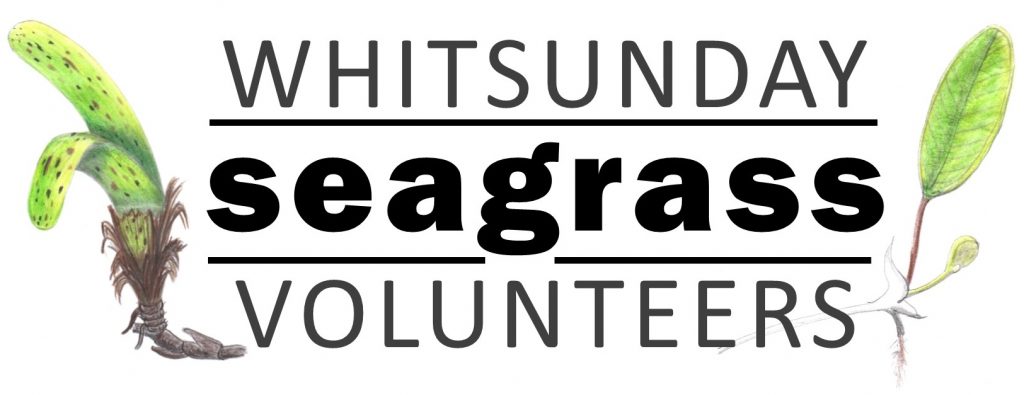
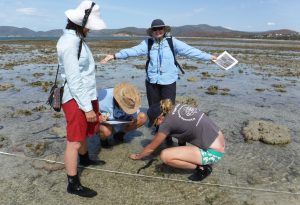 Whitsunday Seagrass Volunteers are a local volunteer citizen science group, active since 1998, who monitor the health of seagrass habitats in the Whitsunday region. We collect scientifically valid data using the Seagrass Watch methodology. The data that we collect goes into the Seagrass Watch Global Monitoring Database, which is available for researchers and managers to use. Our data also contributes to the annual Healthy Rivers to Reef Regional Report Cards.
Whitsunday Seagrass Volunteers are a local volunteer citizen science group, active since 1998, who monitor the health of seagrass habitats in the Whitsunday region. We collect scientifically valid data using the Seagrass Watch methodology. The data that we collect goes into the Seagrass Watch Global Monitoring Database, which is available for researchers and managers to use. Our data also contributes to the annual Healthy Rivers to Reef Regional Report Cards.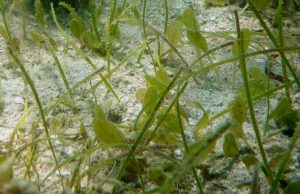 At present we monitor 3 sites in the Whitsunday Region twice per year, over 3 consecutive days every May and September. The dates of monitoring activities are determined by the tides; we conduct the monitoring by walking out to the meadow on very low tides. The activity usually takes a couple of hours, plus travel time. All equipment is provided and our regular volunteers will show you what to do. If you’d like to get involved, all you need to bring along is your curiosity, some closed shoes that you can get wet & muddy, and a water bottle.
At present we monitor 3 sites in the Whitsunday Region twice per year, over 3 consecutive days every May and September. The dates of monitoring activities are determined by the tides; we conduct the monitoring by walking out to the meadow on very low tides. The activity usually takes a couple of hours, plus travel time. All equipment is provided and our regular volunteers will show you what to do. If you’d like to get involved, all you need to bring along is your curiosity, some closed shoes that you can get wet & muddy, and a water bottle.